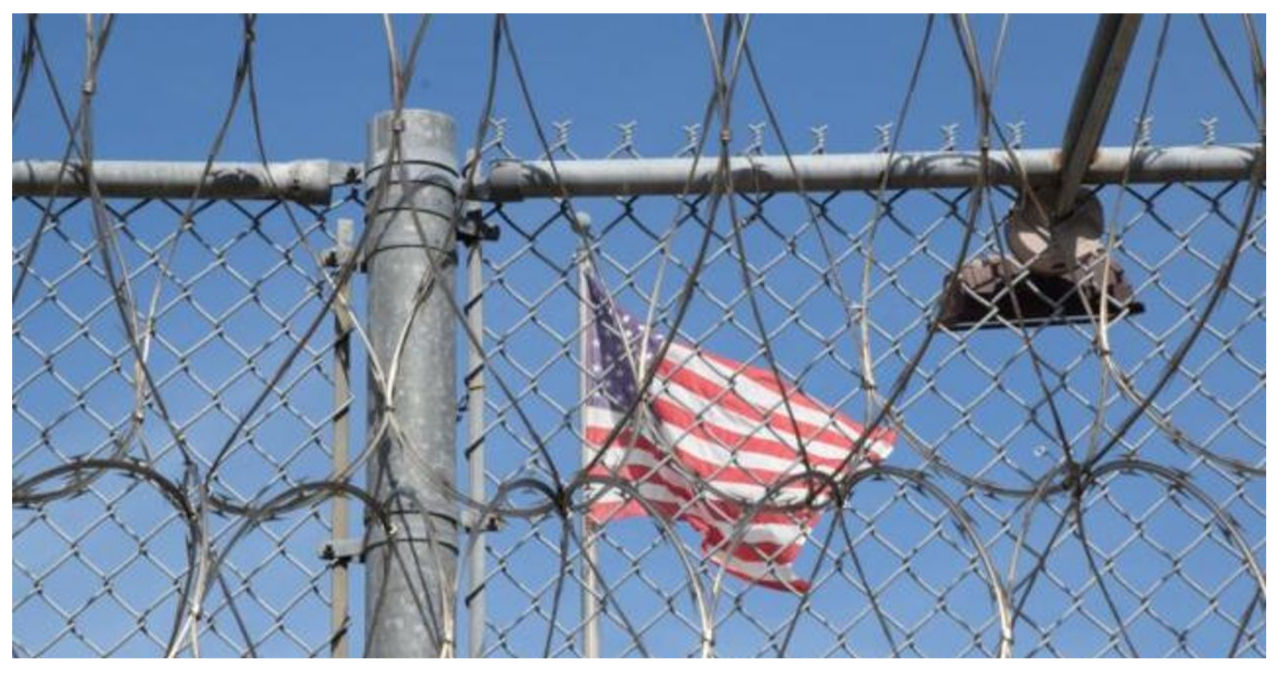According to data shared with NC Newsline, approximately 16% of individuals released from North Carolina prisons in 2023 experienced homelessness. The state aims to reduce this rate by 50% by the year 2030.
In January, Governor Roy Cooper issued an executive order to enhance reentry supports for individuals transitioning out of prison. This directive aims to achieve the goals outlined in the national initiative, Reentry 2030.
Newsline reached out to the Department of Adult Correction to obtain data on the baseline metrics that Cooper intends to improve by 2030. The following are the goals and their respective baselines:
-
- Reduce the number of people released from prison to homelessness by 50%
- Last year, about 3,000 of the roughly 18,000 people released from state prisons were homeless. Because the number of people released from prison fluctuates every year, the state is attempting to cut in half the percentage of people released to homelessness — approximately 17% — not the raw number.
- Provide reentry assistance to people in all 100 North Carolina counties through Local Reentry Councils
- Currently, there are 17 Local Reentry Councils serving 19 counties across North Carolina. The prison system is working with 30 additional counties who have shown an interest in creating additional councils. At a Joint Reentry Council meeting earlier this month, members announced the state would open Local Reentry Councils in Wayne, Warren and Alamance counties.
- Increase the number of high school and post-secondary credentials earned by incarcerated students by 75%
- Last year, there were 2,390 credentials earned by incarcerated students. Most of those — 1,978 — were for post-secondary programs. Click here for a list of those programs that are offered in prisons across North Carolina.
- Increase the number of post-secondary degrees offered in prisons by 25%
- There were 43 post-secondary degrees offered across the state prison system in 2023
- Increase the number of Pell Grant partners by 30%
- Incarcerated students were banned from receiving Pell Grants for decades until the Obama administration established the Second Chance Pell Pilot Program in 2015. The U.S. Congress reinstated the funding for people imprisoned across the country beginning last July. There were four Pell Grant partners in North Carolina prisons last year. At the Joint Reentry Council meeting earlier this month, a representative from the Department of Adult Correction said the agency has spoken with Duke University, UNC, NC Central, NC State and East Carolina University about potentially becoming Pell partners.
- Ensure everyone leaving state prisons has the opportunity to apply for Medicaid before they are released
- State officials helped about 200 people leaving prison apply for Medicaid last year. They estimate that 92% of the roughly 18,000 people who will be released from prison in 2024 will be eligible for the health coverage.
- Increase the number of completed apprenticeships by 50%
- Right now, there are 140 people in state prisons who are completing an apprenticeship program.
- Increase the number of “second chance employer partners” by 30%
- Last year there were more than 120 second chance employers who have hired, or who have committed to hiring, people released from prison or are currently incarcerated and on work release .
- Reduce the number of people released from prison to homelessness by 50%
-
- Last year, about 3,000 of the roughly 18,000 people released from state prisons were homeless. Because the number of people released from prison fluctuates every year, the state is attempting to cut in half the percentage of people released to homelessness — approximately 17% — not the raw number.
-
- Currently, there are 17 Local Reentry Councils serving 19 counties across North Carolina. The prison system is working with 30 additional counties who have shown an interest in creating additional councils. At a Joint Reentry Council meeting earlier this month, members announced the state would open Local Reentry Councils in Wayne, Warren and Alamance counties.
-
- Last year, there were 2,390 credentials earned by incarcerated students. Most of those — 1,978 — were for post-secondary programs. Click here for a list of those programs that are offered in prisons across North Carolina.
-
- There were 43 post-secondary degrees offered across the state prison system in 2023
-
- Incarcerated students were banned from receiving Pell Grants for decades until the Obama administration established the Second Chance Pell Pilot Program in 2015. The U.S. Congress reinstated the funding for people imprisoned across the country beginning last July. There were four Pell Grant partners in North Carolina prisons last year. At the Joint Reentry Council meeting earlier this month, a representative from the Department of Adult Correction said the agency has spoken with Duke University, UNC, NC Central, NC State and East Carolina University about potentially becoming Pell partners.
-
- State officials helped about 200 people leaving prison apply for Medicaid last year. They estimate that 92% of the roughly 18,000 people who will be released from prison in 2024 will be eligible for the health coverage.
-
- Right now, there are 140 people in state prisons who are completing an apprenticeship program.
-
- Last year there were more than 120 second chance employers who have hired, or who have committed to hiring, people released from prison or are currently incarcerated and on work release .
Cooper, a Democrat, is currently in the final year of his term, unless he chooses to run for office again following this year’s election. The responsibility of maintaining or discarding Cooper’s executive order, which aims to enhance the prison reentry supports by 2030 as mentioned earlier, will lie with the individual who assumes the Governor’s position in January next year. This decision will be made by either Democrat Josh Stein or Republican Mark Robinson.



